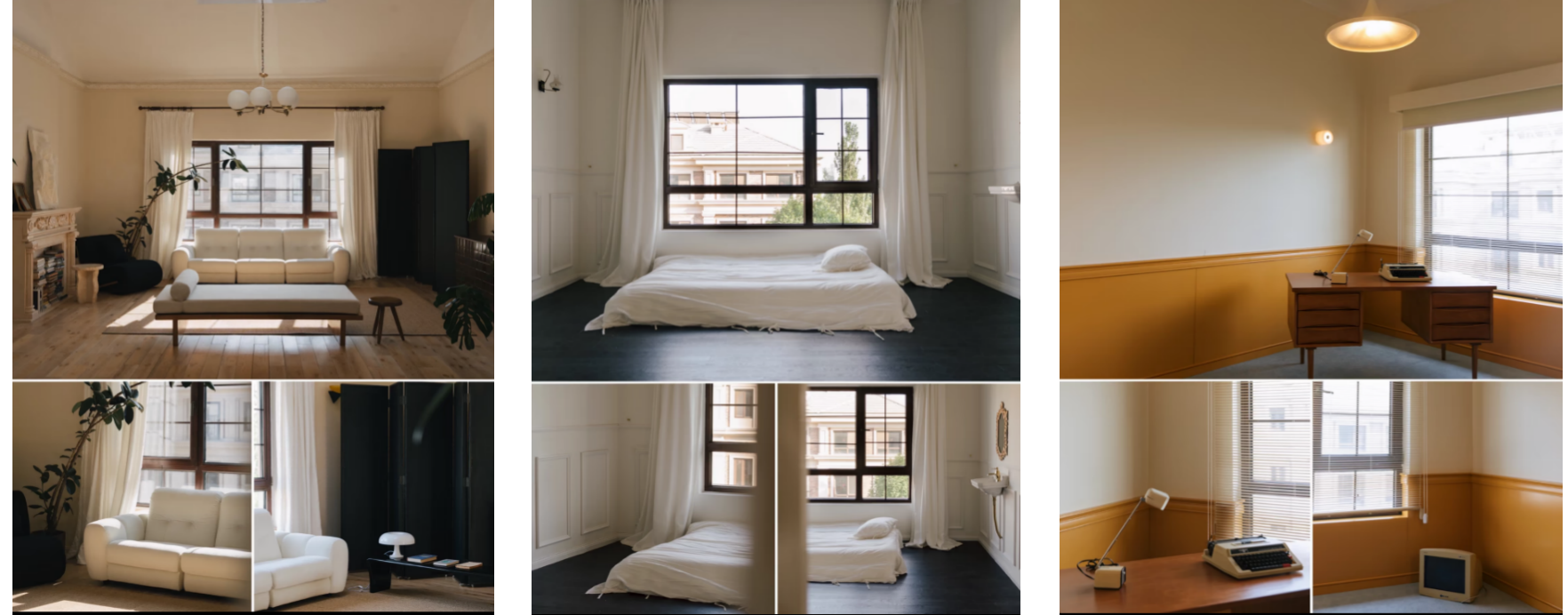About the site:
My curatorial approach draws on the domestic projects of Fran Cottell, who was featured in Week 3’s lecture series and who uses domestic space not only as a site but also as a medium of curatorial and artistic enquiry. In her long-term “House Projects” (2001–ongoing), Cottell does not simply present artworks in her home, but activates the house itself as a living, evolving installation—a place where the private and public, the personal and political, continually collide.
Rather than reconfiguring her home to resemble a gallery, she retains and even emphasizes its domestic features—messiness, interruptions, the presence of family members, even pets. These elements become integral to the curatorial experience, destabilizing the passive role of the viewer. Visitors are asked to re-negotiate their own position in the space, as they may be seated in a child’s chair, overhear intimate conversations, or find themselves “watched” by the household rather than being the sole observer. In this way, Cottell transforms the domestic space into a porous medium—not fixed or formal, but shifting, relational, and responsive.
Inspired by this methodology and by the concept of the “total installation”, my exhibition invites the audience to step into a feminised space full of intimate memories, bodily metaphors, and unresolved tensions. It blurs the boundaries between display and everyday life, echoing Cottell’s strategy of breaking fixed roles and allowing the materiality of lived space to shape the viewer’s experience. This space challenges the audience to re-examine their position—not only within the exhibition but within broader structures of gender, intimacy, and domesticity.
In particular, Cottell’s practice informs my view of curating as a form of writing or storytelling, where the architecture, textures, and ambient presence of space can narrate personal and collective experiences. The house becomes not just a container for art but a semiotic system, a stage, a witness. This approach to space—rooted in care, embodiment, and resistance—has deeply influenced the way I frame the curatorial gesture, treating spatial context as co-author rather than a neutral backdrop.
The term “total installation”, which emerged in the late 20th century with artists such as Ilya Kabakov, reflects this expanded idea of space as artwork. It suggests a holistic, immersive experience in which multiple senses and narrative layers converge. In both Cottell’s work and my own exhibition, the viewer’s body is not an external observer but a participant in a sensorial and emotional landscape.
So I would like to choose Beijing Art Studio ONE INCH, which is located in Beijing Bei Ran 1956 Cultural and Creative Park. It is laid out like a normal house, with an office area, which is perfect for my exhibition needs. Family-related themes are placed in the living room and bedroom while working themes are placed in the office area. I want to fully express my themes in this small space. The venue fee is £100 per day, which I learned after contacting the venue operator. I expect to hold an exhibition for 18 days, with an exhibition time of 15 days, two days for setting up and one day for dismantling.
Originally, I hoped to hold it directly in a residential building, as in some exhibitions, but after considering it, I found that there are many issues to consider if it is to be implemented, especially safety issues. The safety facilities in residential buildings usually do not have fire protection and security facilities designed specifically for exhibitions, which may require additional investment and coordination. There is also the question of whether it will disturb the rest of the surrounding residents and whether permission can be obtained from the government. So I chose a business park with a similar setting to the Creative Park.



Leave a Reply